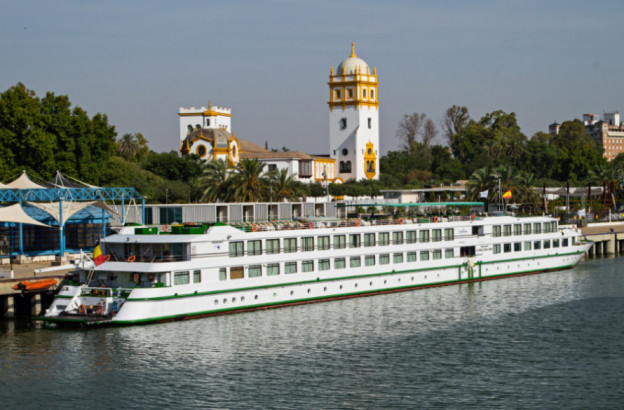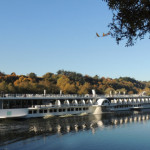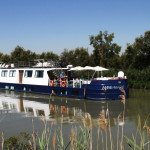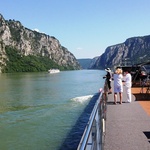Michael Edwards savours tradition, gastronomy, and flamenco on the Guadalquivir River with CroisiEurope
Strictly meets Horse of the Year dressage at the Isla Minima, a hacienda with a Latin American vibe. As the Guadalquivir flows towards the edge of Europe, before slipping into the Atlantic, La Belle de Cadix moors up for a remarkable show.
Entering to stirrup-stirring Western-style theme music, immaculately black-suited Carmelo canters to the centre of the arena on his matching black horse. Then a flamenco dancer, red dress swirling, joins for an equestrian ballet. As the red-socked horse prances across the egg-yolk yellow sand, the dancer completes her passionate pirouettes: her expressive fingers creating long late-afternoon shadows.

When the 176-berth La Belle de Cadix has emerged from the Guadalquivir and briefly sailed the Atlantic to moor at Cadiz, the passengers travel to Sanlucar for the full version of Carmelo’s show: sailing past the shifting sand dunes of the Doñana National Park, past the salt pans of the Costa de la Luz, past storks nesting on church towers.
Monuments to Andalusia’s epic history are too geographically scattered for one catch-all river voyage. With the ship moored in Seville, and the stretch of the Guadalquivir to Cordoba unnavigable for many centuries, an early-start coach excursion travels to the home of the Mesquita.
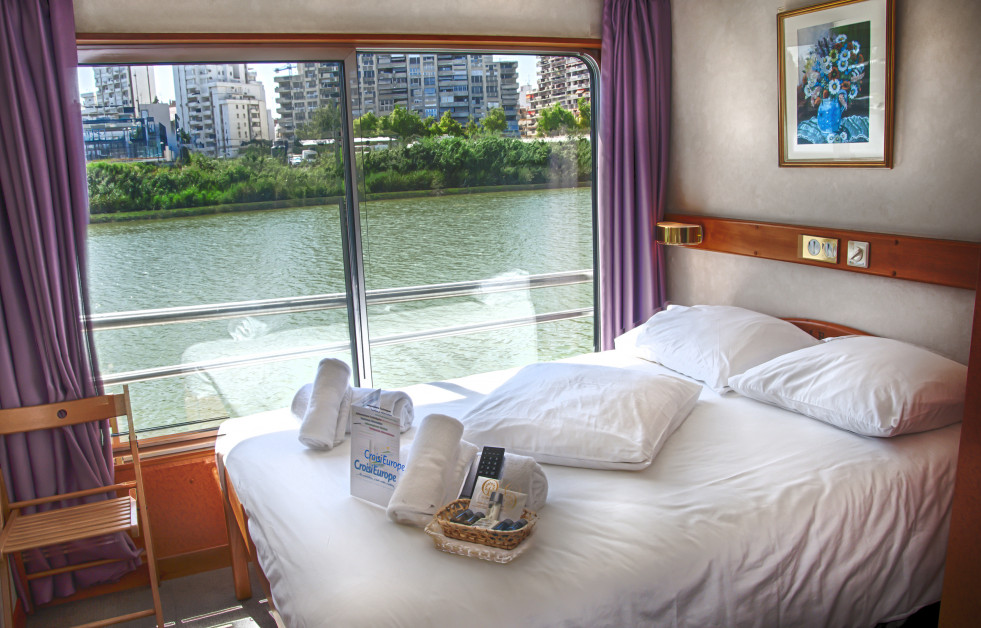
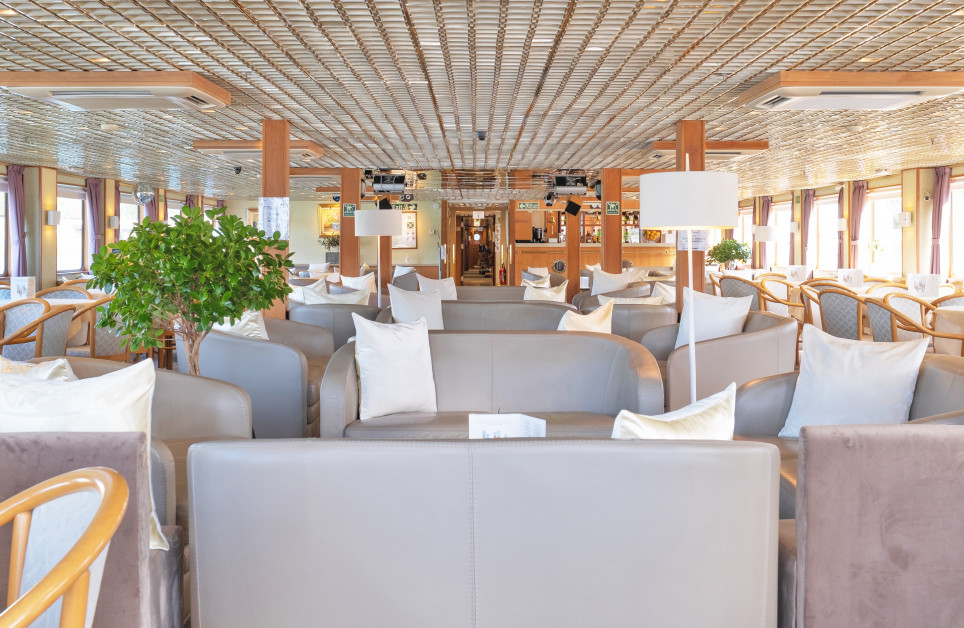
It is a miracle that the Christian cathedral built within a vast Moslem Mosque, held up by a forest of red-brick and cream stone pillars, even survives. In a pragmatic moment, Cordoba decided to adapt the mosque rather than destroy it. Seemingly unaware of the irony, Cordoba Christians still say that they are going to the Mesquita, literally translating as “the mosque”, to pray. Almost every day, since 1236, a Mass has been held.
Eight centuries of resistance against the Moorish occupation have left a hefty legacy, even linguistically. A tour visits Jerez de la Frontera, where the name is a reminder of the days when the city’s 12-tower thick-walled castle, built by the Moors, was a hot spot on the war’s front line. So hot that only seven towers remain.
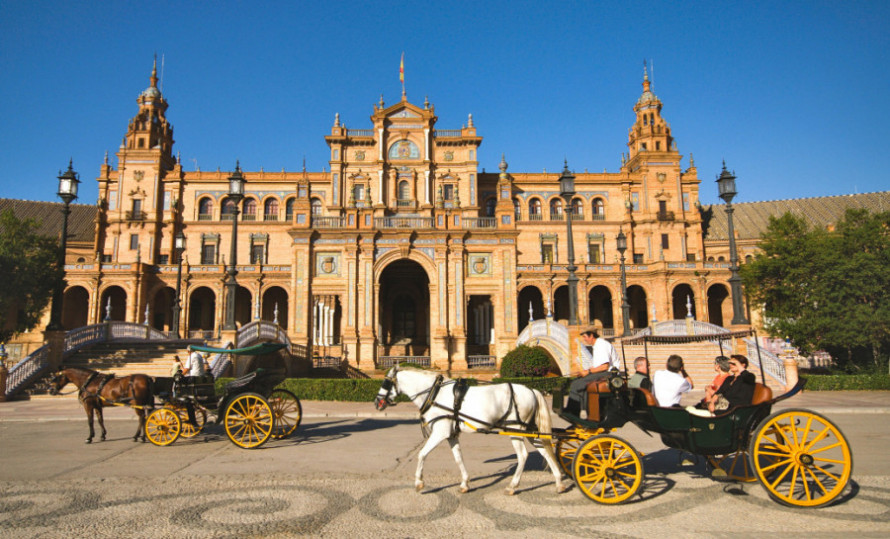
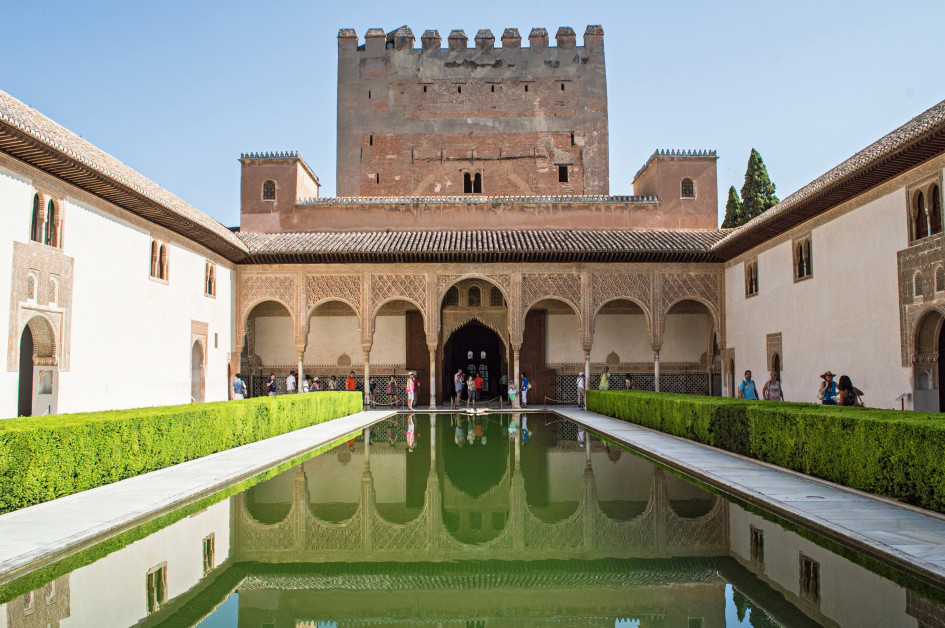
Seville’s castle, the Alcazar built post reconquest, shows the enduring influence of Moorish architecture. Although the intricate plaster carvings appear Moslem-influenced, they feature humans and animals. During the Moorish occupation, the Koran would only have permitted geometrical decoration, favouring floral themes.
Granada was the last city to be reclaimed by the reconquest in 1492. The magnificent hilltop red fort of the Alhambra and its gardens are at the centrepiece of CroisiEurope’s day excursion to Grenada. Perhaps Ferdinand and Isabella, the Catholic Kings, who took the Alhambra as their royal palace, deliberately sought a new frontier. Whatever their motivation, it was from the Alhambra that they commissioned Columbus’ voyage of exploration.
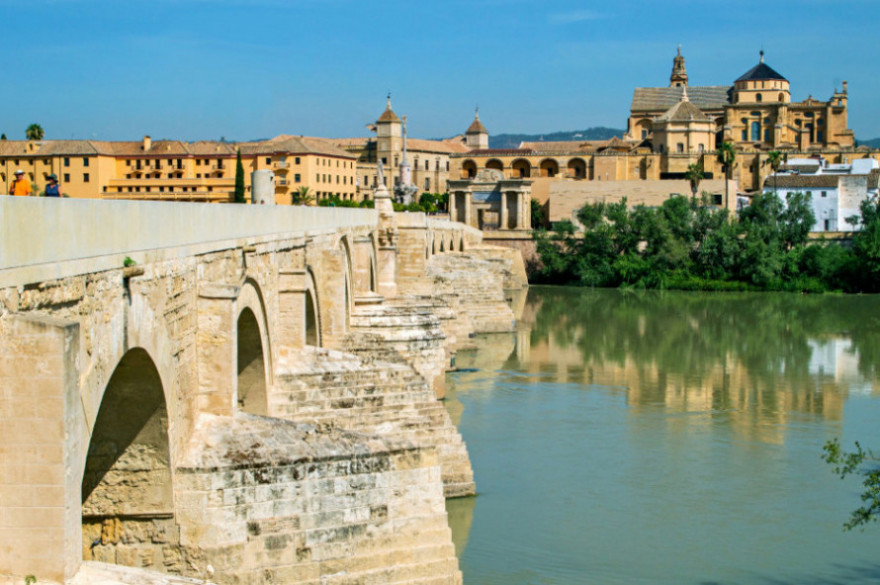
Whilst La Belle de Cadix is docked at Cadiz, from whence Columbus sailed, a walking tour provides a chance to explore the city. The next day, guests can opt for a guided stroll around El Puerte de Santa Maria from where many of the crew of Columbus’ flag ship originated. Study the map his pilot, Juan de la Cosa, drew on their return. It was the first map to feature both Old and New World.
El Puerte de Santa Maria also showcases other aspects of Spanish life. Although bullfighting is in decline, it still creates great art. In front of the town’s bull ring, a dynamic stature of swirling cape and swivelling hips pay tribute to matador Christian Montcouquiol who lost his life in the bullring. Merely minutes away, the Osborne Bodegas, provides a triple tasting of sherry to explore another great Spanish tradition.
Back on board La Belle de Cadix, the kitchen, with immaculately sourced produce freshly supplied three times a week, provides a gastronomic taste of Spain too. On a Spanish-themed day when the sangria flows, the classic toro dish simmers for lunch whilst a seafood paella is constructed for dinner. Every day, lunch and dinner are full-service with waiters topping up wine glasses as part of the all-inclusive package.
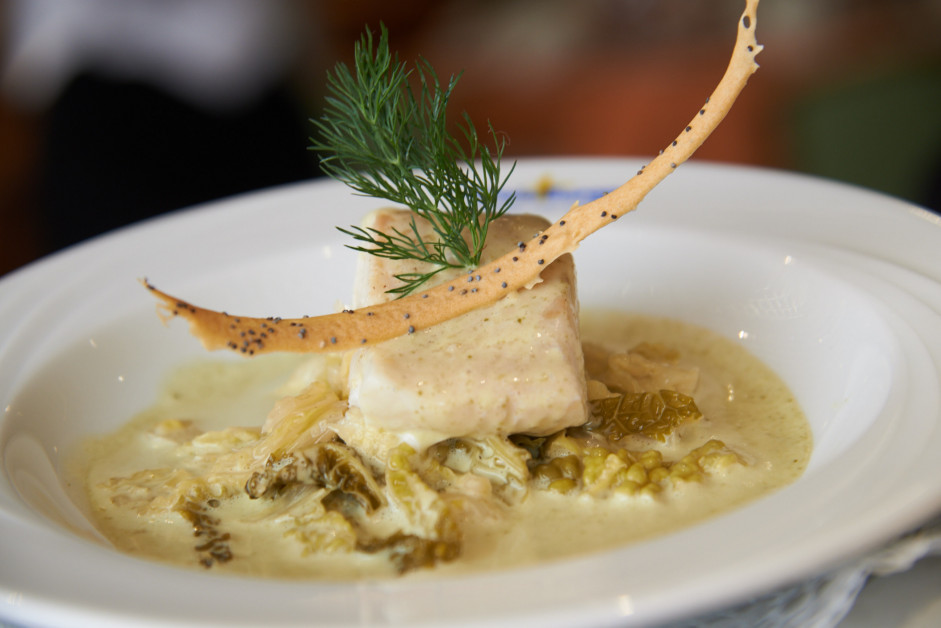
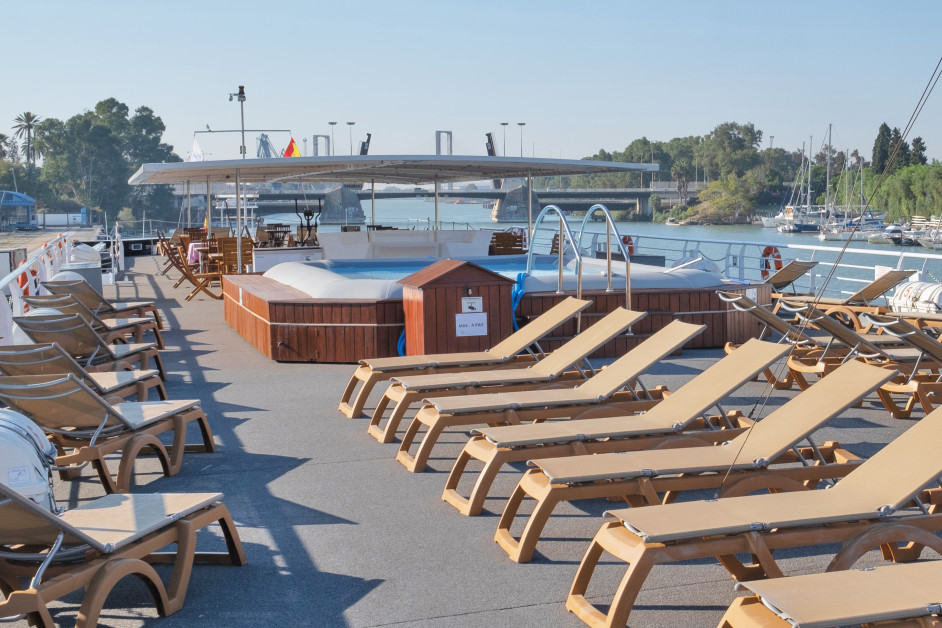
At 350 feet, La Belle de Cadix is four times the length of Christopher Columbus’ Santa Maria flagship and significantly better equipped too. On the sundeck, there is a canopy for shelter against the blazing sun and a small pool for a cooling dip. Columbus’ crew would have appreciated a choice of two bars as well.
This is a cruise that runs the full gamut of Andalusian history, from Pedro the Bad, through Ferdinand and Isabella the Catholic Kings to Alfonso the Wise. But there is also a taste of nature as the ship cruises through the Doñana National Park where hundreds of migratory birds fly over the marshes. As the only ship to cruise the Guadalquivir, La Belle de Cadix presents an extensive and luxurious introduction to Andalusia.
Tell Me More About Croisieurope’s Andalusia Cruise
Croisieurope, 12, rue de la Division Leclerc – 67080 Strasbourg – Cedex FRANCE
E: resuk@croisieurope.com T: 020 8328 1281
The seven-night Andalusia: Tradition, Gastronomy & Flamenco cruise costs from £1,329 per person based on departures on 2nd and 9th March 2023 from Seville.
The price includes all meals and drinks onboard, excursions, onboard entertainment, port fees and travel assistance and repatriation insurance.
Seville’s river cruise port is a 25-minute transfer from Seville airport.

